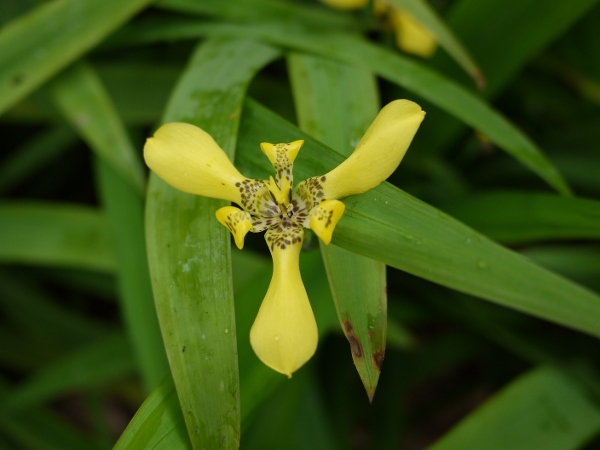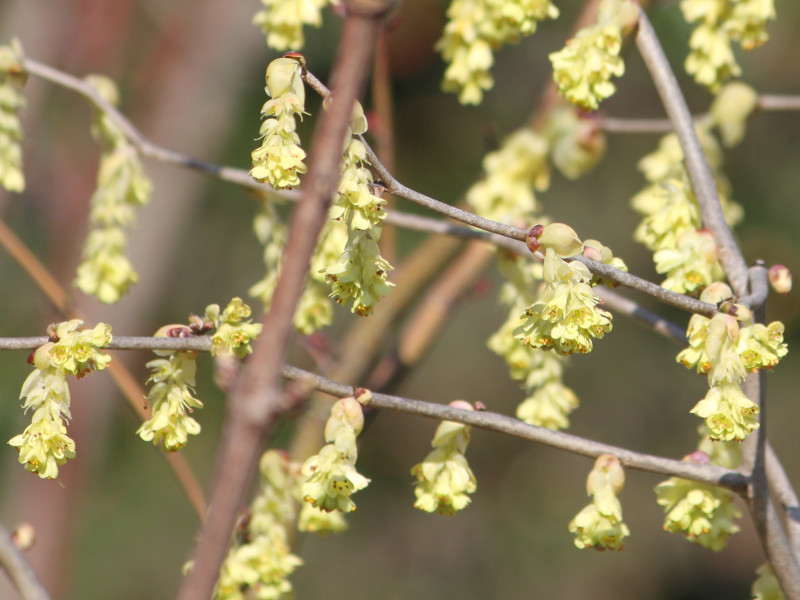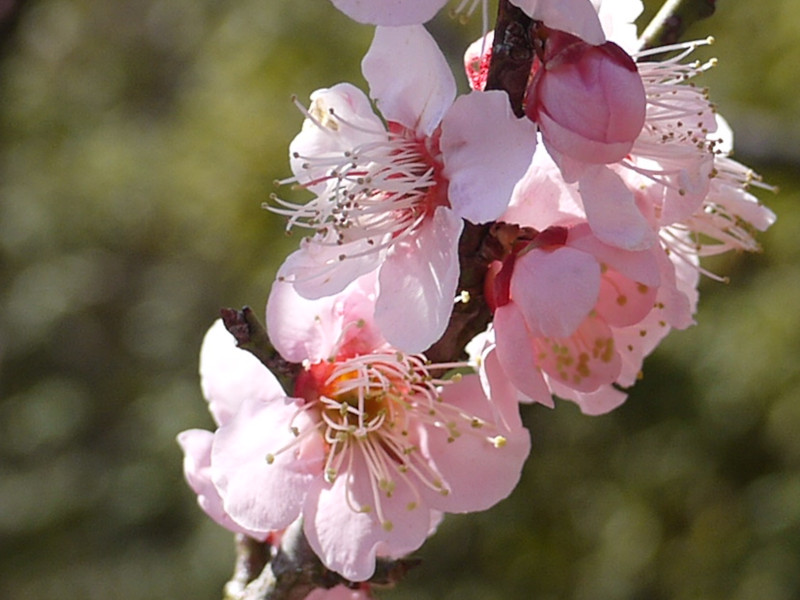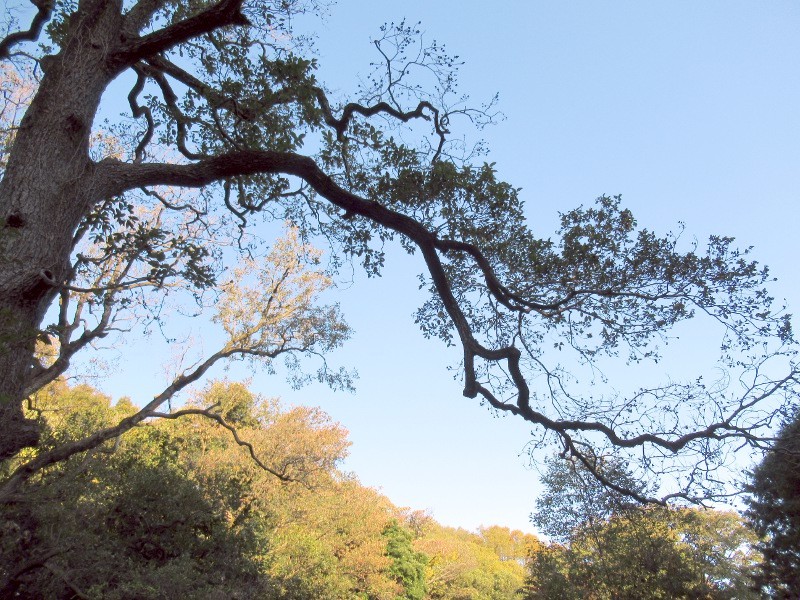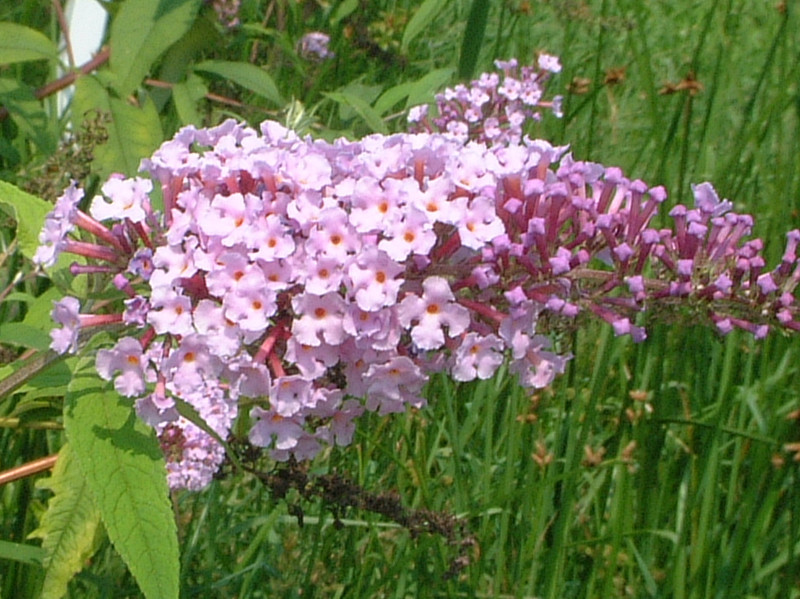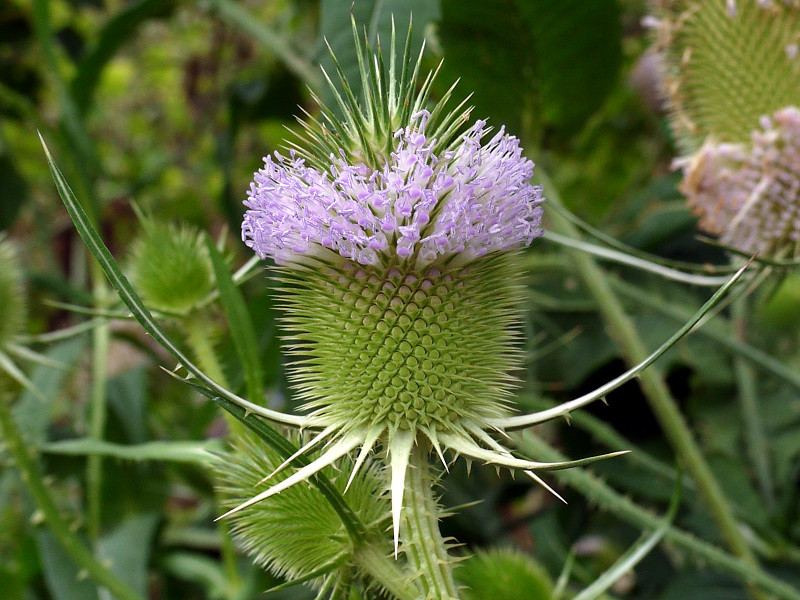Taiwan Bicornuta
- Flower nameTaiwan Bicornuta
- Scientific nameHeniboea sp.
- Alias角桐草
- Place of originendemic to Taiwan
- Place of floweringOverseas, Specific area
- Flowering seasonOctober, November
What is Taiwan Bicornuta
Taiwan Bicornuta (scientific name: Heniboea bicornuta sp.) is a species endemic to Taiwan. It is a perennial vine of the genus hornbeam in the family Poaceae. It grows in moist low- to subalpine areas throughout Taiwan. The lower part of the stem creeps along the ground and then grows erect, reaching a height of about 1 m. The leaves are oblong-lanceolate. The leaves are oblong-lanceolate, 10-20 cm long, with caudate tips. The leaf margins are coarsely serrate on the upper half and entire on the lower half. The flowers are produced in clustered inflorescences from the stem tips or leaf axils and number from one to several. The corolla is cylindrical, 4-5 cm long, with five lip-shaped lobes at the tip. The outside of the corolla is white, and the inside is hairy with red to orange stripes. There are four stamens, two fertile and two sterile. The fruit after the flower is a capsule, about 2.5 cm long, curved and cylindrical, with a seed inside.
Common name: Heniboea sp., scientific name: Heniboea, English name: Taiwan Bicornuta, Chinese name: Heniboea sp., origin: Taiwan, life form: Perennial vine, height: 30 to 100 cm, petiole length Leaf shape: slightly sickle-shaped, elliptic, inverted lanceolate, acuminate, base connected to petiole, leaf length: 10-20 cm, leaf margin: coarsely serrate on upper half, entire margin on lower half, inflorescence: opposite, inflorescence shape: clustered inflorescence degenerated, usually with 2 flowers, corolla shape: cylindrical bell-shaped, 5 lobed at tip, Flower length: 2 to 4 cm; Flower color: white outside, pinkish-red inside; Flowering season: October to November; Fruit type: capsule; Fruit shape: curved, cylindrical; Fruiting season: November to December; Uses: hanging, potted, flower bedding, medicinal.


